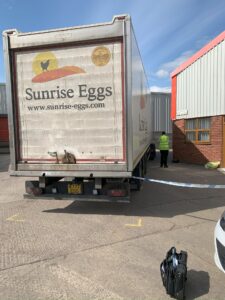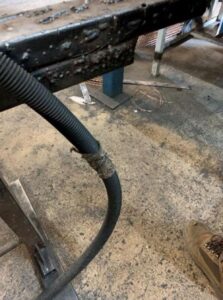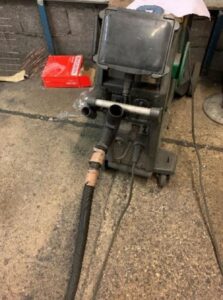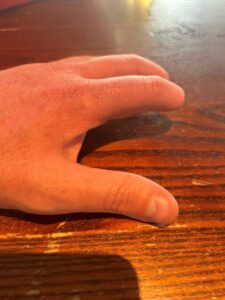Entertainment company fined after worker dies from fall
A company in the entertainment industry has been fined £16,000 following the death of a worker.
Russell Bowry, a self-employed rigger, was working at ELP Broadcast and Events Ltd’s Cardington Hangar Studios in Bedfordshire when he fell from height on 13 March 2018.
The 52-year-old, from Lower Stondon, Bedfordshire, was part of an assembly team for a project that required the building of a temporary rehearsal stage.
This stage was a water and wind proof cube for a musical that was due to be performed at the studios.
Mr Bowry was working on the roof of the cube when he fell through the structure and landed 10 metres below. He died from his injuries three days later.
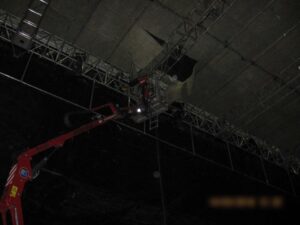
A Health and Safety Executive (HSE) investigation found that ELP Broadcast & Events Ltd had failed to plan and implement a safe system of work. The company also failed to implement its own health and safety policy or ensure there was adequate supervision.
HSE guidance can be found at: Work at height – HSE
ELP Broadcast & Events Ltd, of Bedford Technology Park, Thurleigh, Bedfordshire pleaded guilty to breaching Section 3(1) of The Health and Safety at Work etc Act 1974. The company was fined £16,000 and ordered to pay £2,968.70 in costs at Luton Magistrates’ Court on 22 November 2023.
HSE enforcement lawyer Samantha Wells said: “This tragic incident should not have happened. It is vital the entertainment sector has safe systems of work so when it puts on a good show, the workers behind the scenes are protected at all times.”
This prosecution was brought by HSE enforcement lawyer Samantha Wells and supported by HSE paralegal officers Kirsty Crapper and Imogen Isaac.
Notes to Editors:
- The Health and Safety Executive (HSE) is Britain’s national regulator for workplace health and safety. We prevent work-related death, injury and ill health through regulatory actions that range from influencing behaviours across whole industry sectors through to targeted interventions on individual businesses. These activities are supported by globally recognised scientific expertise.
- More information about the legislation referred to in this case is available.
- Further details on the latest HSE news releases is available.

